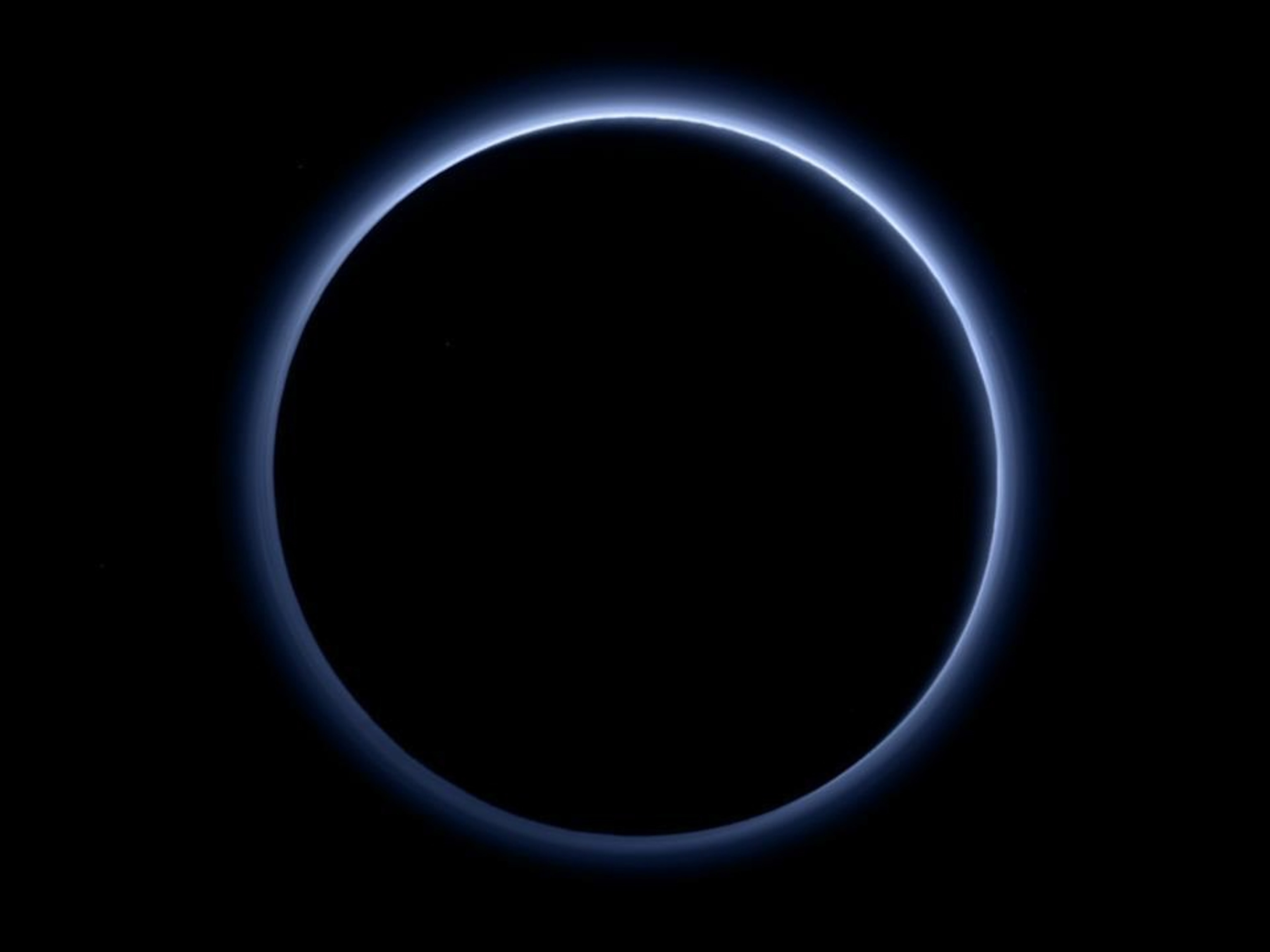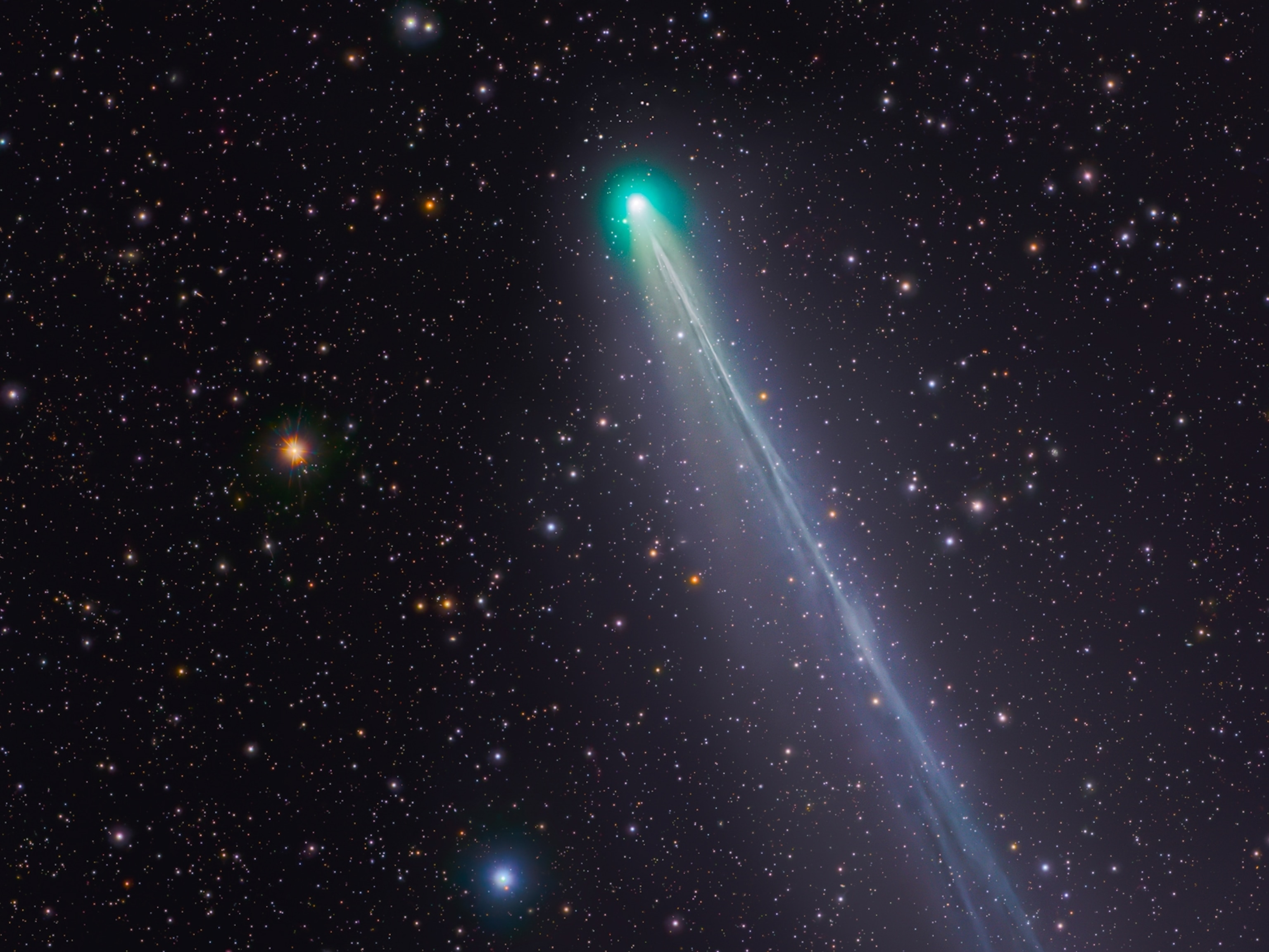
Now Is the Best Time to Spot the Space Station
Find out how to see the orbiting lab as it glides across the sky multiple times in a row.
Step outside on a clear night over the next few days, and you’ve got a great chance of seeing the International Space Station (ISS) as it glides across the heavens. Pick the right night, and you may even see it zoom by multiple times in a row.
The ISS is about the size of an American football field and is covered with shiny metal surfaces and lots of highly reflective solar panels. That makes the station easily visible with the naked eye, even from light-polluted city centers. Its brilliance is so impressive that sometimes it’s the second brightest object in the night sky, after the moon.
Normally the ISS is hidden in Earth’s shadow about 30 percent of the time, offering observers a modest one or two viewings a night.
But twice a year, in the month or so around the summer and winter solstices, the orbiting laboratory is bathed in near perpetual sunshine. This is when the spacecraft’s 90-minute orbit travels along the boundary between Earth’s day and night sides, allowing sky-watchers to see it from dusk until dawn.
Being lit up almost continuously means a keen observer can see the ISS streak overhead as many as five times over the course of a single night. The next best times for a marathon viewing will start after darkness falls on May 26 and will last through May 30.
Zooming In
Orbiting about 280 miles up and traveling at 17,000 miles an hour, the ISS takes about two to four minutes to cross the sky when seen from Earth. The station is easily discernible from a passing plane because it looks like an unblinking white light gliding swiftly across the sky.

Online prediction tools, such as the ones at heavens-above.com and spaceweather.com, can help you time your observations and know exactly where to look in the sky. All you have to do is enter your zip or postal code or a city name anywhere in the world, and these tools will generate tables of viewing times and sky locations.
As an added sport, in recent years backyard telescope users have been able to track and photograph the ISS, sometimes even as the station passes in front of the sun or moon. Today’s larger amateur telescopes are able to track the station’s movement so well that viewers can clearly see structural details such as the individual modules, solar panels, and, when they are in place, docked spacecraft.
Enjoy the show!
Andrew Fazekas, the Night Sky Guy, is the author of Star Trek: The Official Guide to Our Universe. Follow him on Twitter, Facebook, and his website.




